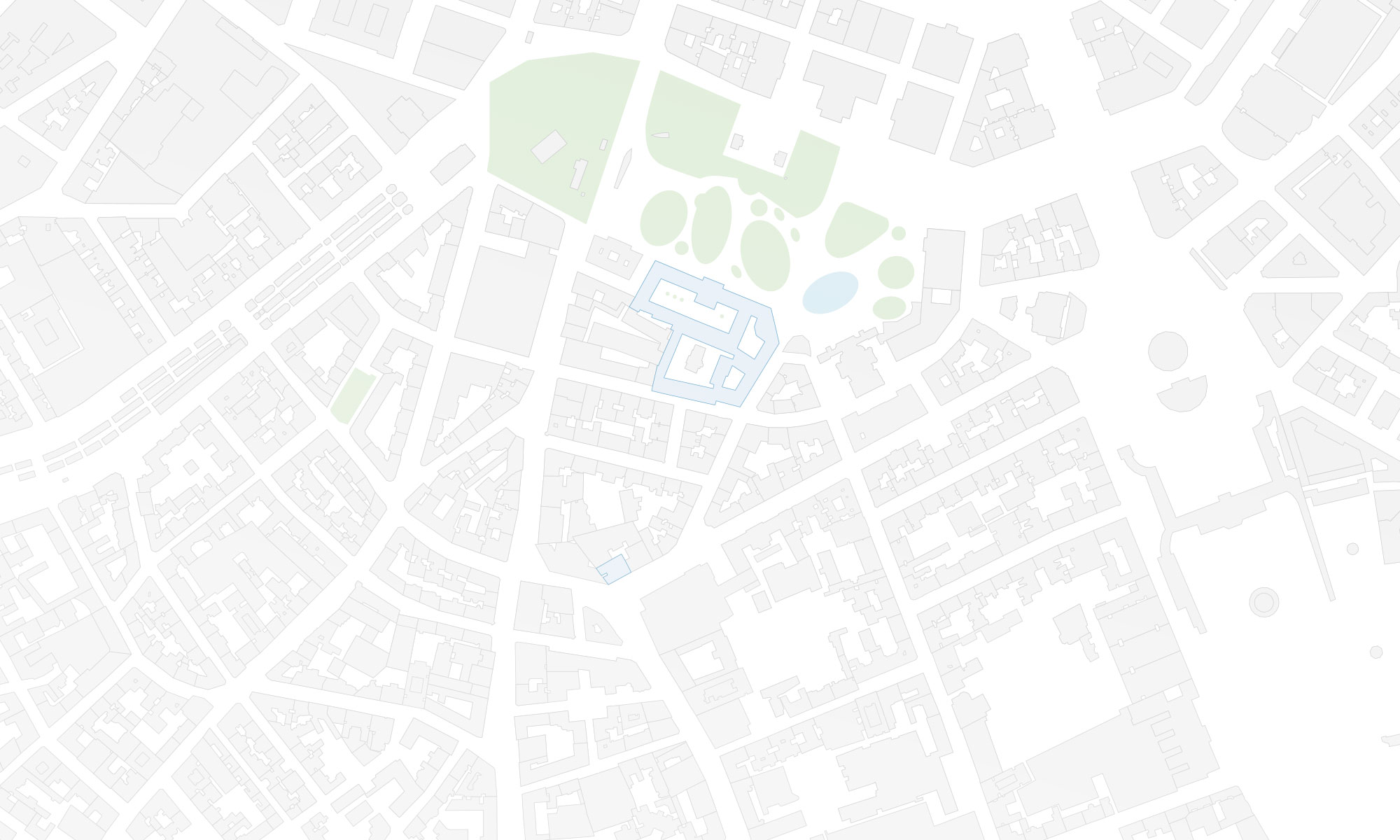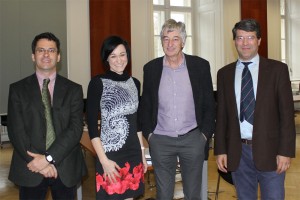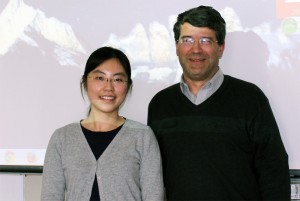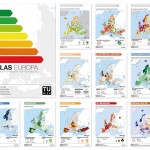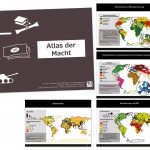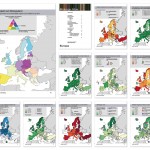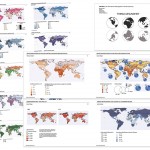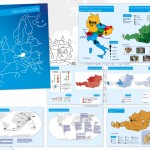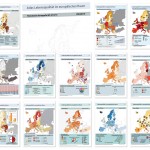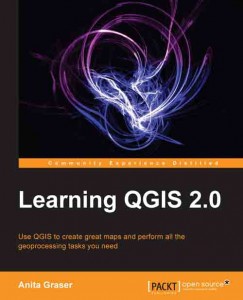We invite you to a CartoTalk [in German] by Jan Daniel Bláha
from J. E. Purkyne University in Ústí nad Labem on the topic of
Der Kartograph und seine Kooperation mit geisteswissenschaftsorientierten Experten
Viele Kartographen finden während ihrer Praxis schnell heraus, dass kartographische Theorie und Praxis zu verbinden, oft nicht einfach ist. Kartographische Praxis nämlich liefert, was an der Universität schwierig zu lehren ist, also die individuellen Anforderungen von Kunden und Verlagen und die individuellen Bedürfnisse des Benutzers. Diese Anforderungen und Bedürfnisse finden sich oft in Kontradiktion sowohl in der Theorie selbst als auch in gegenseitigem Widerspruch.Zusätzlich kann der Kartograph oft nicht ausreichende Kenntnisse in den verschiedensten Bereichen haben, um eine Karte vorzubereiten. Dies wird v. a. deutlich in den Geisteswissenschaften wie Geschichte, Soziologie, Anthropologie u. ä. Solch kartographische Produktion ist mit zahlreichen Konsultationen bei den Autoren und einer Reihe von Änderungen und Korrekturen der Karten verbunden. Der Kartograph ist somit gezwungen, geduldig zu sein. Es ist leider auch nicht leicht, dem Autor des Buches zu erklären, dass seine Ideen auf der Karte nicht viel Sinn machen. In diesem Fall muss der Kartograph eine ausreichende Anzahl vorbereiteter Argumente haben, warum es nicht geht, warum es nicht funktioniert usw.Ein weiteres Problem sind die gelieferte Kartengrundlage und Daten. Sie sind manchmal in gegenseitigem Widerspruch, veraltet, nicht zeitgemäß (sehr wichtig in Geschichtsbüchern) usw. Der Kartograph ist also manchmal gezwungen, sich weniger auf Genauigkeit als auf Anschaulichkeit und Logik zu verlassen. Manchmal ist der Karteninhalt nicht im Voraus bekannt, manchmal geht es um zeitlich veränderliche Phänomene, manchmal muss der Kartograph mit dem Autor Informationen über die Lage der Objekte usw. suchen.Die Aufgabe der Kartenherstellung bildet ein eigenes Kapitel. Wenn der Autor einen thematischen Inhalt in die vorher vorbereitete Kartengrundlage einfügt, ist die Situation noch relativ gut. Schlechter ist die Situation, wenn die Autoren eigene Karten vorbereiten. Das schwierigste ist, wenn der Kartograph einen originellen Kartenstil finden soll. In solchen Fällen sollte der Kartograph auch Graphiker sein.Die Kooperation mit den geisteswissenschaftsorientierten Experten stellt ganz ungewöhnliche Anforderungen an die Karte. Der Kartograph muss jedoch diese Realität als Aufforderung sehen, sonst wird er nur ein Operator von GIS.
Wednesday, 29 January 2014, 11:00
Forschungsgruppe Kartographie
Seminarraum 126
Jan Daniel Bláha ist Assistenzprofessor am Institut für Geographie der naturwissenschaftlichen Fakultät UJEP. Er absolvierte einerseits Geographie und Kartographie mit Schwerpunkt Kartographie und Geoinformatik, andererseits Kulturtheorie und Theorie der Kunst, beides an der Karlsuniversität in Prag. Er ist Mitglied der Tschechischen Gesellschaft für Geographie und vertritt Tschechien in der Kommission „Art and Cartography“ im Rahmen der ICA. In der Forschung konzentriert er sich auf die ästhetischen und kulturanthropologischen Aspekte der kartographischen Produktion und Auswertung von kartographischen Werken aus der Sicht der Nutzer. Insbesondere geht es um Beziehungen von Utility-Funktionen der Karte mit ästhetischen Funktionen und das Studium ihrer gegenseitigen Beeinflussung. Generell versucht er die Humandimension der naturwissenschaftlich-technischen Disziplin, genannt Kartographie, zu zeigen. Er arbeitete mehrere Jahre für den Verlag Kartografie Praha und erstellt jetzt Karten für die Bücher des Universitätsfachverlags Karolinum und andere Verlage, sowie Karten für den tschechischen Geographischen Schulwettbewerb. Er hat auch zahlreiche wissenschaftliche Publikationen und mehrere Kapitel in internationalen Büchern von Springer veröffentlicht.
presentation slides 4 MB, map example
This post was fetched from geo.tuwien.ac.at. Please find the original here.
